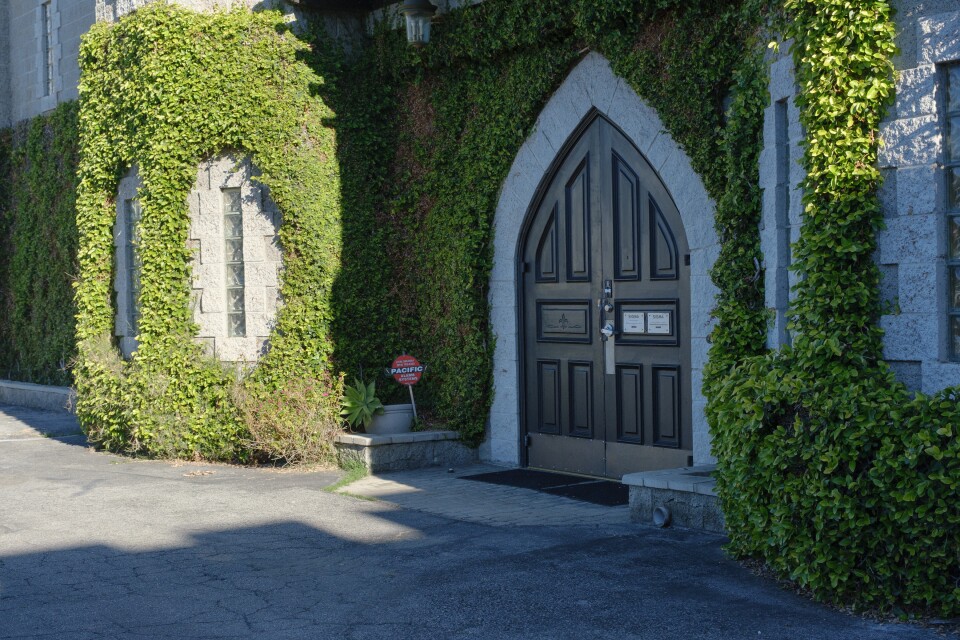Truth matters. Community matters. Your support makes both possible. LAist is one of the few places where news remains independent and free from political and corporate influence. Stand up for truth and for LAist. Make your year-end tax-deductible gift now.
Ask LAist: Why Are There So Many Castles In Burbank?

Answering your questions is my job. Lately, that’s meant pressing health officials for details in a confusing vaccine rollout. Other times it’s meant explaining topics such as testing data, ways to help, and when and how to get your COVID-19 vaccine booster.
So when I got this question — very much not about COVID (thank goodness), I was intrigued. It comes to us from LAist reader Samantha Varela in Burbank:
I haven't been able to find an answer for this on Google or asking people, so I thought maybe you guys could help. Why are there so many castles in Burbank?

Castles? In Burbank?
Look, talking to people and figuring out why things are the way they are is kinda what we do here at LAist. Sometimes that means serious accountability reporting, and sometimes we like to have a little fun.
And a question about castles? Well, it seemed like fun.
(Plus, we’ve been known to go after a weird building story. Seriously. We love them.).
I wanted to see them for myself, so Samantha sent me the address of a castle she'd noticed — on Burbank Boulevard, a stone's throw from where it intersects with Victory Boulevard.
And when I arrived, there it was.


It had everything: towers, battlements, giant arched doors, and all.
Honestly, I really liked it.
I kept driving around and ran into a few more. Now, it's one thing if there's one giant castle-shaped warehouse in a suburb — but a bunch?
So I'm now on a quest to answer Sam's question. Why are they there in Burbank? Who built them? How many more are there?
That's where you come in.
I’ve been doing my reporter thing, looking at some records and making some visits and calls. And so far, I’ve found some initial answers. But not all — not yet.
Maybe you, LAist reader, hold the key to the castle conundrum.
Maybe you grew up in Burbank in the '80s, when many of these buildings were built, according to records from the Los Angeles County Assessor’s office.
Maybe you have memories of these buildings or have noticed others like them.
If so, you can email me or tweet at me.
And maybe together, we can figure it out.

And while you’re here, we really do mean it when we say that, at LAist, “we listen to what you’re curious about, what keeps you up at night, and who you want held accountable.” As my colleague Caitlin Biljan pointed out, last year we answered almost 3,000 of your questions.
And we’re going to continue answering your questions here in 2022.
So if you’ve got one big or small, difficult or breezy, based in what you need to know or what you’re just curious about, let me know in the dropdown box below (or, like before, you can also email me or tweet at me).
I said it when I started this job and I’ll say it again:
I will take your questions and concerns to officials and experts.
I will put their answers into context.
I will listen to you and aim to share feelings and life experiences not commonly reflected in the news.
I won't have all the answers immediately, and may not be able to respond directly to everyone, but my promise is to read, look and listen to everything you send me, and apply it.
Your messages and questions now inform my understanding as I investigate, report, keep our leaders accountable, and ask my own tough questions of others.
You now have a friend who’s a reporter.







